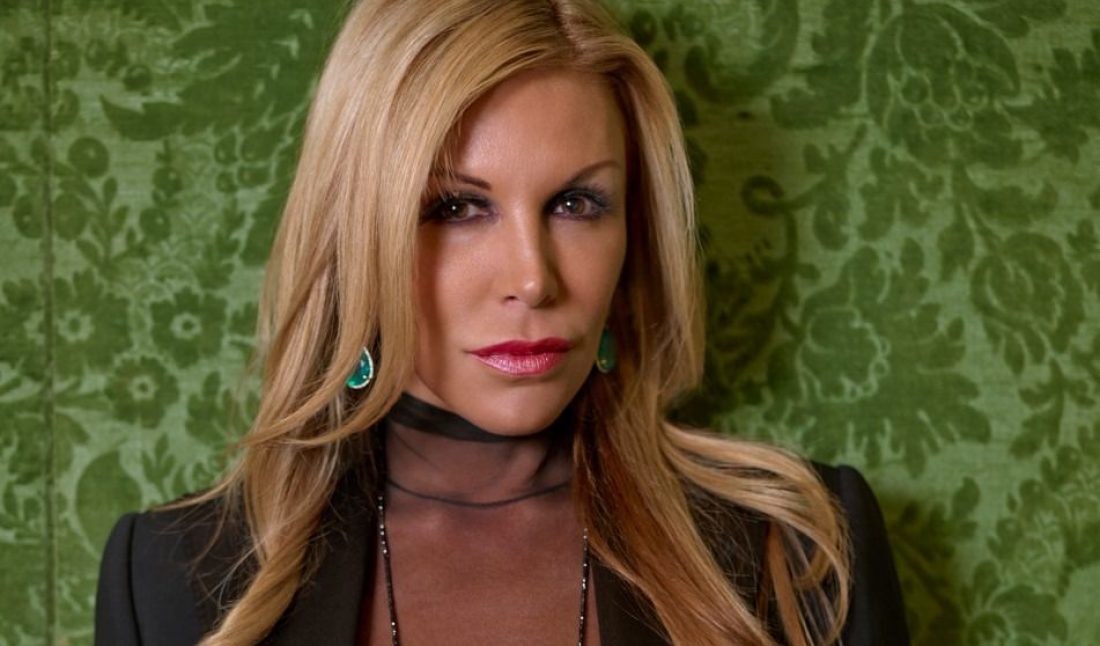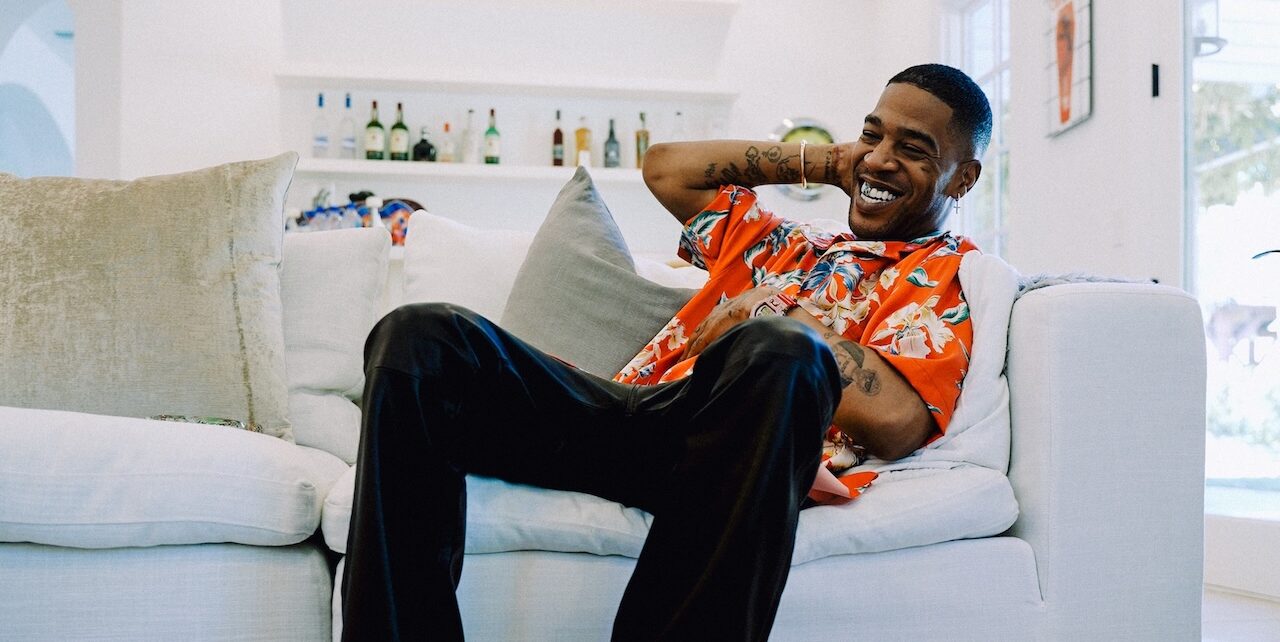Tonight in Aspen, we’re celebrating WineCrush—the yearly night-before-ArtCrush benefit party at Amy and John Phelan’s art-filled residence. Collectors John and Amy (who is also a national council member at the Aspen Art Museum and the chairwoman of ArtCrush) are hosting the luxurious greenhouse-themed pre-party in a glamorous ten in the backyard, anchoring a night of sommelier-presented wine, gourmet food, and late-night dancing.
For Whitewaller Aspen 2018, we spoke with host Amy about art, Aspen, and community.
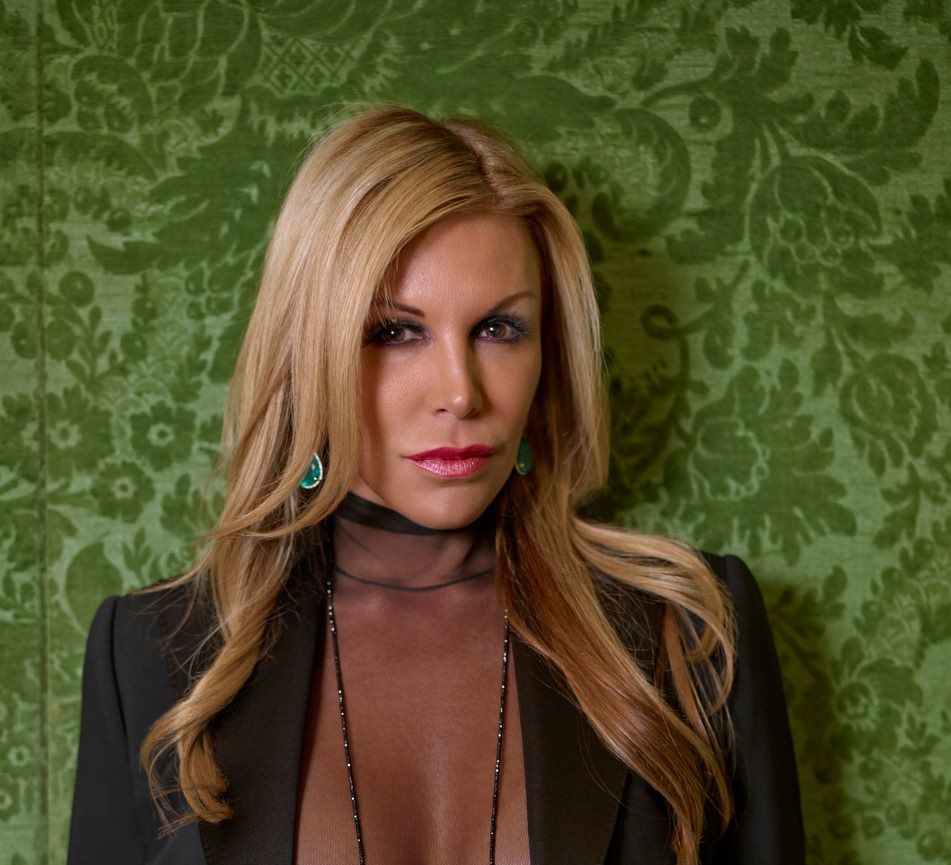 Photo by Roe Ethridge.
Photo by Roe Ethridge.Courtesy of Amy Phelan.
WHITEWALLER: WineCrush is a special pre-ArtCrush event where people gather at your home to have intimate conversations about art, wine, and culture. Tell us about that.
AMY PHELAN: We like to think of WineCrush as a family dinner. The fundraising involved in WineCrush is buying a ticket. The first 230 people who buy a ticket to WineCrush are the only ones who get the tickets because we can only seat so many.
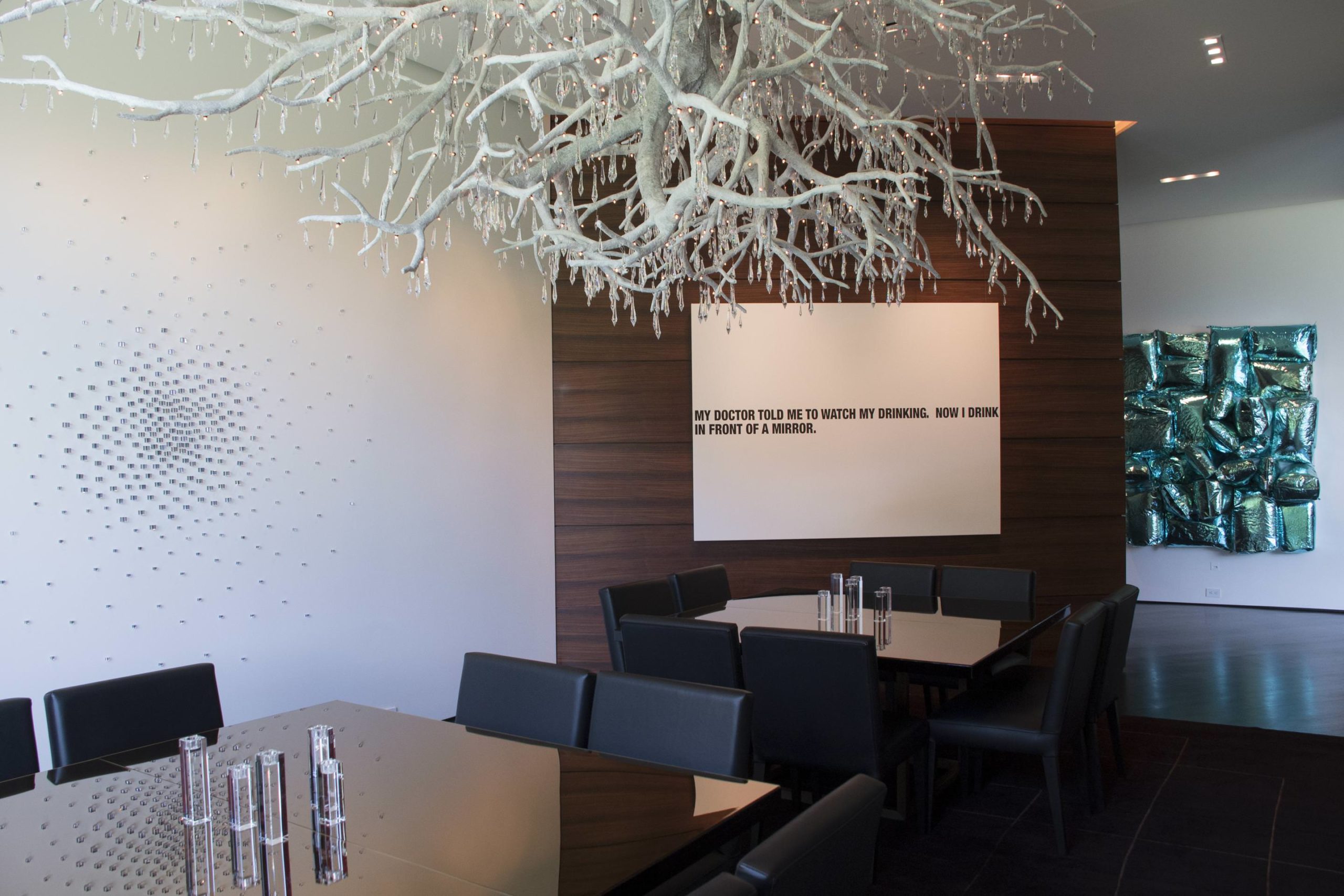 Photo by Emily Hoerdemann.
Photo by Emily Hoerdemann.Courtesy of Amy Phelan.
So, we like to think of it as more of a family dinner. And a way to sit down in a smaller way and talk about wine and art with artists, patrons, gallery owners, museum directors, and the those in art world from all over the world.
WW: You’ve been living in your home since 2002, but have been traveling to Aspen long before that. What do you find special about Aspen as a community?
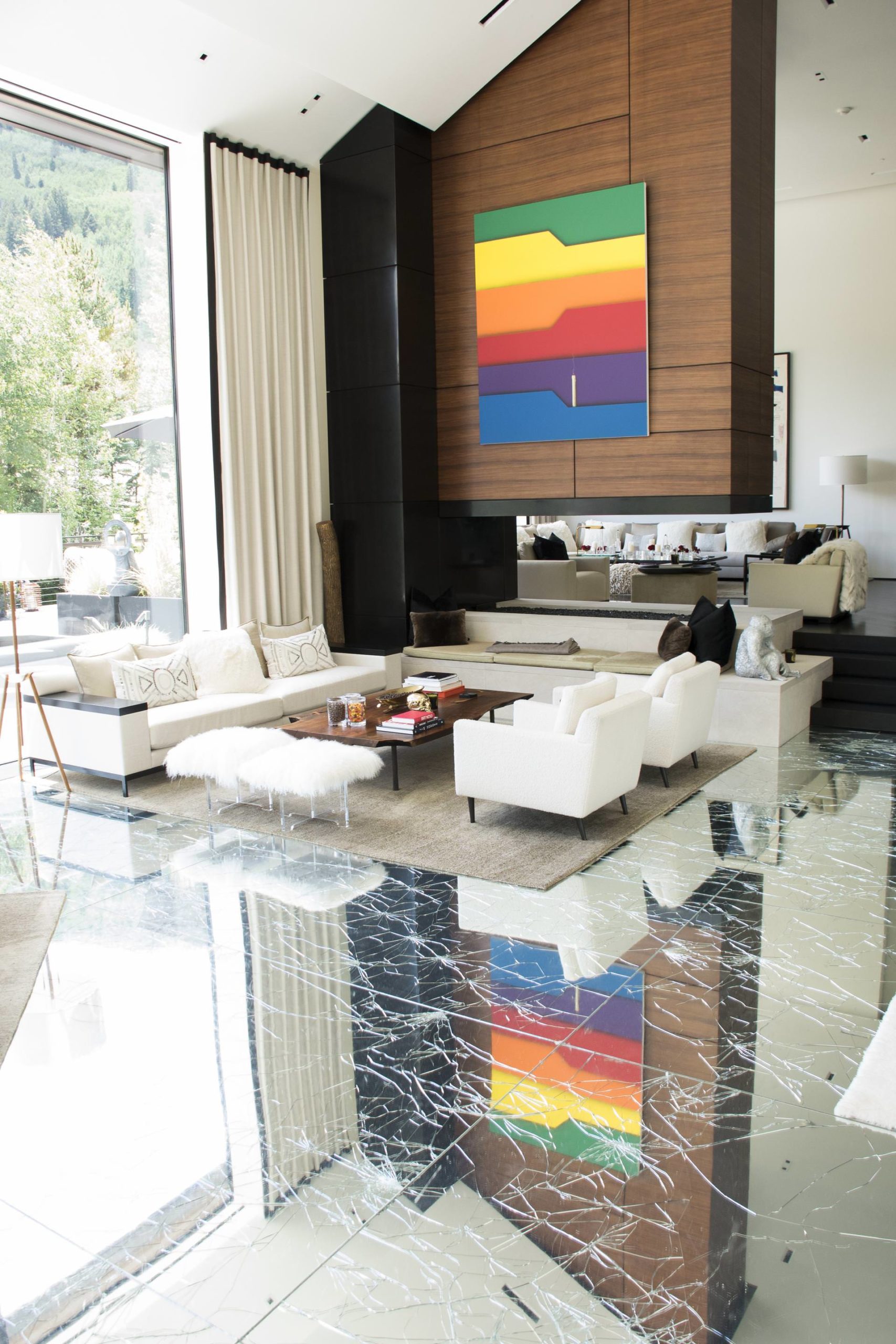 Photo by Emily Hoerdemann.
Photo by Emily Hoerdemann.Courtesy of Amy Phelan.
AP: The people, the history, and the arts and culture that it provides. I don’t know another place as small as Aspen that has a ballet [school], a classical music school, a world-class art museum, an artists in residency program. There are so many amazing cultural experiences in this small mountain town. I’ve never seen anything like it.
WW: In 2008, you and John decided to help the museum in becoming admission-free for all visitors. Can you tell us about that?
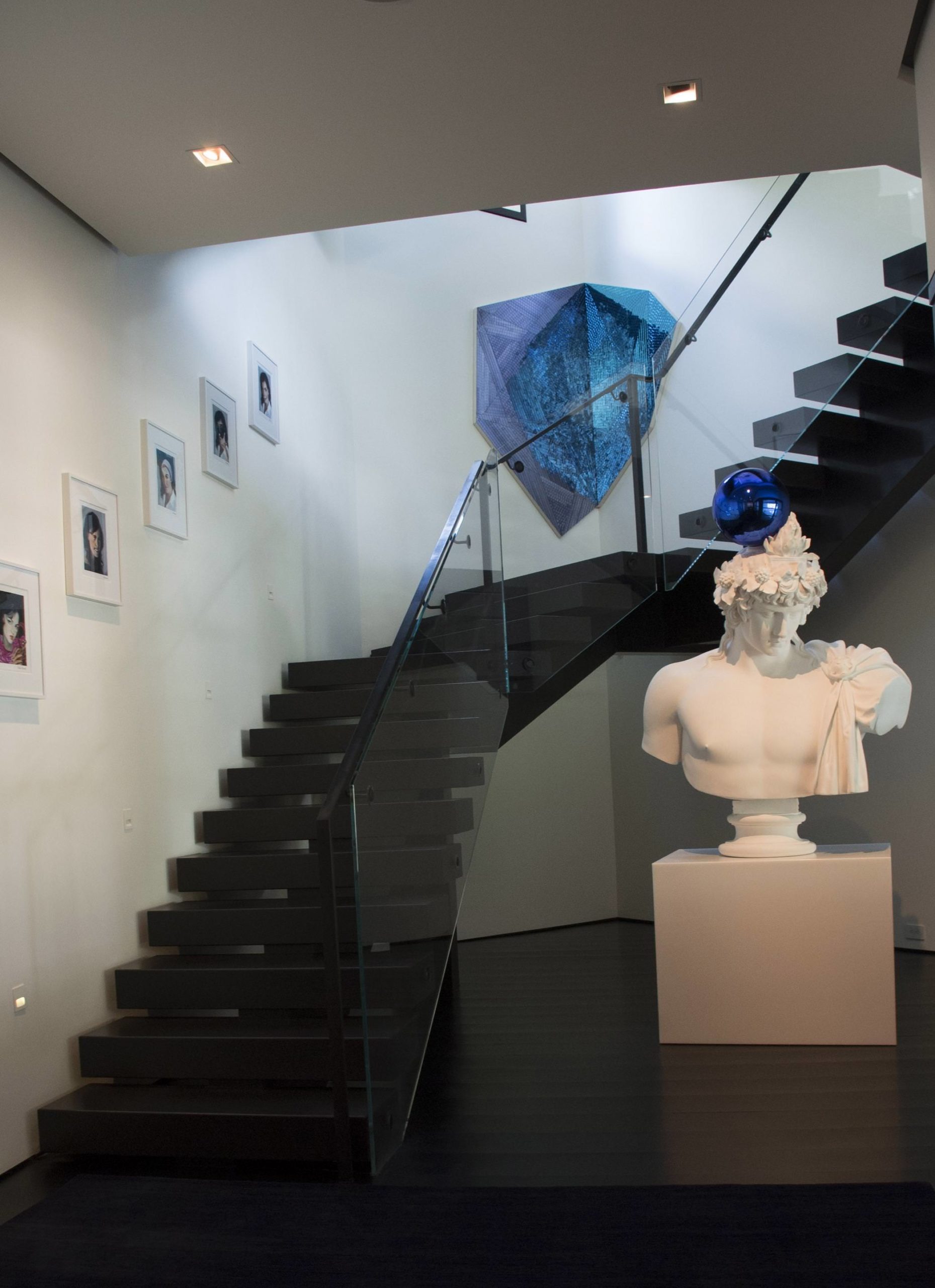 Photo by Emily Hoerdemann.
Photo by Emily Hoerdemann.Courtesy of Amy Phelan.
AP: We endowed free admission for the museum in 2008. It all came about, honestly, because we were in a museum and it was 25 dollars per person to get in. There was a family of four that basically turned around and did not go into the museum because it was very expensive—a $100 day at the museum.
John ended up paying for the family to go into the museum and he looked at me right then and said, “You know what? People shouldn’t have to pay to get into a museum.” And that started the ball rolling in terms of Aspen.
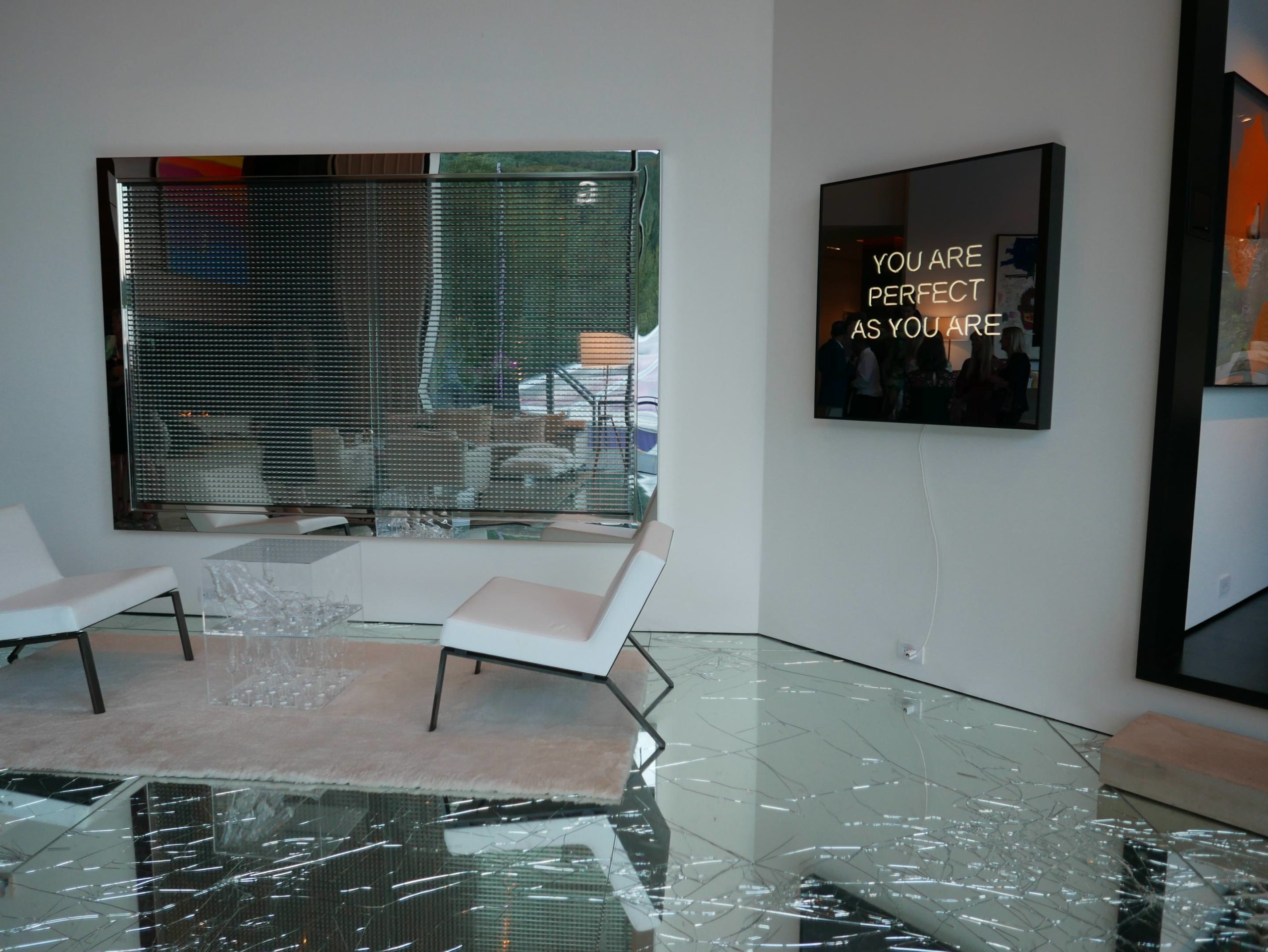 John and Amy Phelan host WineCrush 2017.
John and Amy Phelan host WineCrush 2017.Courtesy of Eliza Jordan.
We wanted the museum to be free and open to anyone and everyone who wanted to go in and see the exhibitions and learn about art. I think that knowing that there is free admission knocks the intimidation factor down. People have a safe place to go. And even if they’re not interested in art, they can sit in the coffee shop.
Sometimes museums are intimidating. If you don’t like the show, then you’re kind of mad you spent the money. That’s what art is supposed to do. You’re not going to like everything you see, and that’s okay. And I guess it’s easier to swallow if you’re not paying to see something you don’t like. So to know that it’s free to come to, and that everyone is welcome, is great. And a benefit for the museum.
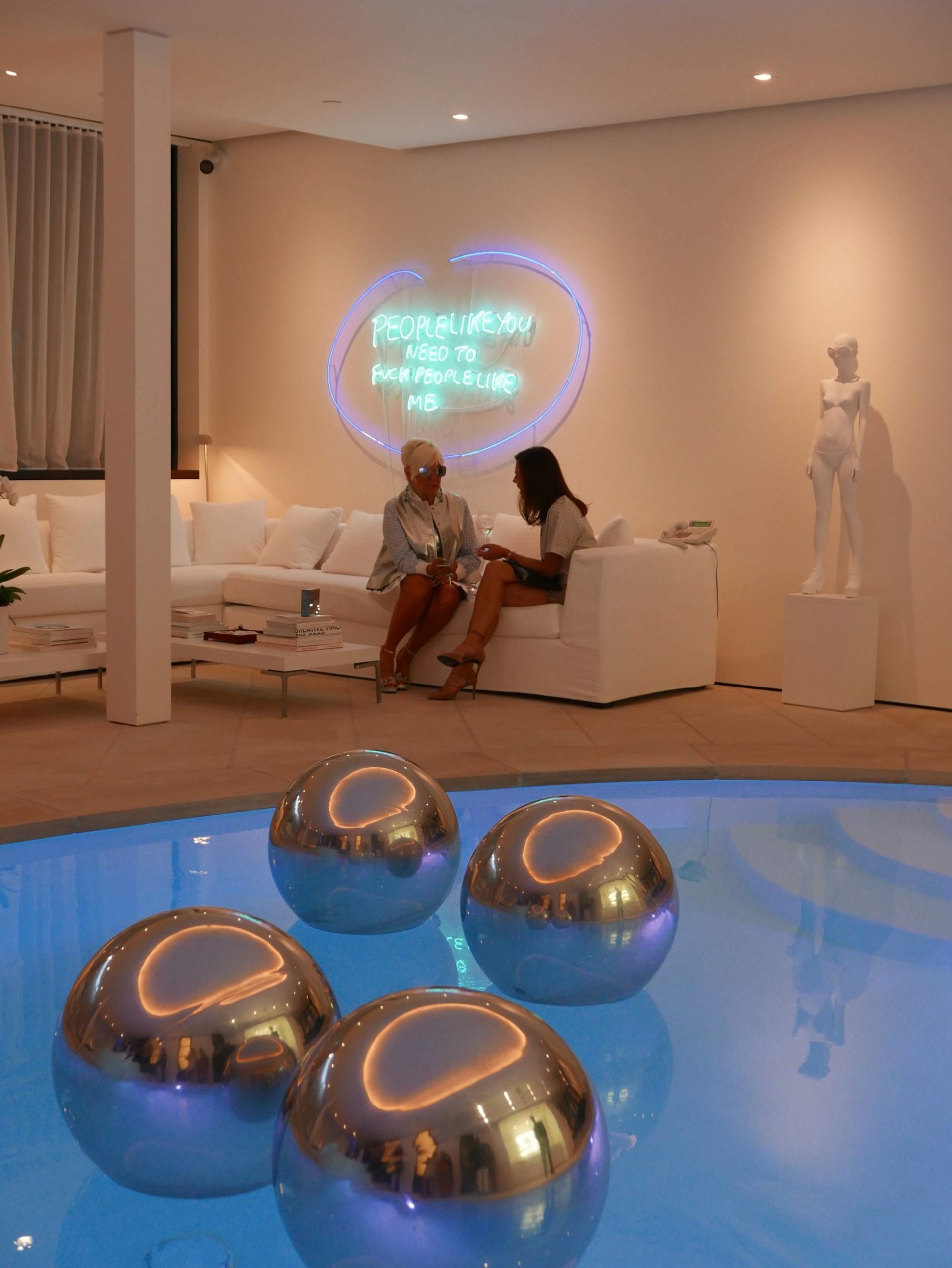 Amy and John Phelan host WineCrush 2017.
Amy and John Phelan host WineCrush 2017.Courtesy of Eliza Jordan.
WW: You mentioned that the art world has changed a great deal. What is the biggest way that you think the art world has changed since you started collecting?
AP: I feel like it’s a much bigger community than it was when we first started collecting. I think that there are more people interested in collecting art and more artists that are making art. More galleries and definitely more art fairs; it’s definitely more of a global business.
WW: When you started collecting in 2001, what was your first piece?
AP: John and I first started collecting modern pieces. You know, sticking a toe in and buying things that were easy to understand, or figurative work—whether it was a Picasso drawing, or a painting; things that mad a lot of sense to us. Then I would say at some point we bought our first piece of photography, which was very contemporary. It was a Thomas Ruff nude and it kind of changed everything. It was a very provocative piece, it was very cool, it was very hip, and it made us feel alive. It gave us a very different feeling than the other works did.
WW: Was that Ruff piece was the first thing you really connected with? Do you still have it?
AP: Yes, we do still have it. It’s not to say we didn’t connect with any others, like our Picasso drawing, we did. But the Thomas Ruff piece was so avant-garde, so “now,” and very different.
WW: Do you happen to collect one artist in depth?
AP: You know, over the years, we’ve had the great pleasure and honor of meeting and getting to know many artists and they’ve become our friends. There are several artists that we collect in depth. So yes, we do collect some artists in depth. Not all of them, but some we do own quite a bit of work.
I would say Jim Hodges, Ken Solomon, Elsworth Kelly, Tom Sachs, Andreas Gursky…
WW: Tell us a bit about what’s in your home now.
AP: We change things out quite a bit so that it’s somewhat fresh for the summer. And for when people are in the house for Wine Crush, its’ a new experience. It’s usually never the same.
John and I collect all mediums of art—painting, photography, sculpture, video, etc. So, you could walk in and see paintings next to sculpture, next to photography. There’s usually a video that plays in the media room, so that’s a very intimate experience with whatever video is playing.
We like work anywhere we are that is playful, humorous, provocative, and sometimes it can be a little bit—some pieces, not everything obviously, but there is beauty in darkness in some of the pieces that we have. It usually means something interesting to us, which is nice to offset the humor and the whimsical and the provocative. And it also varies on what we end up hanging together. One year, it just happened by chance, the collection was very bright, happy, and exciting. The next year, things were a little bit monotone and heavier. It’s interesting how that works.
WW: You also have art in other residences. Are there differences in art in your homes?
AP: It’s the same. The same feel, the same contemporary art, it’s just hung in a different setting. Our New York City apartment, where we don’t spend any time anymore, but way back when we lived there, that apartment was a more traditionally furnished apartment, hung with very contemporary art. It was kind of fun to walk into a more traditional environment with more contemporary things on the wall. But I think that it’s safe to say that in terms of the artwork, even though the art is different everywhere, it all has the same message.
WW: Have there ever been any regrets about pieces you didn’t get?
AP: We made a deal very early on about that—that we’re not going to have any regrets and we’re not going to look back. For whatever reason, if we’re buying something or see something that’s not available or we’re buying something in auction, and we don’t get it for whatever reason, we’re going to know that it’s not meant to be and we’re not going to look back.
WW: Don’t believe in the one that got away?
AP: No. You can’t because there are so many all the time that that happens to. You just have to trust the process. If I spent all my time being sad about the one that got away, I would be sad all the time. You can’t look back. Only forward.






